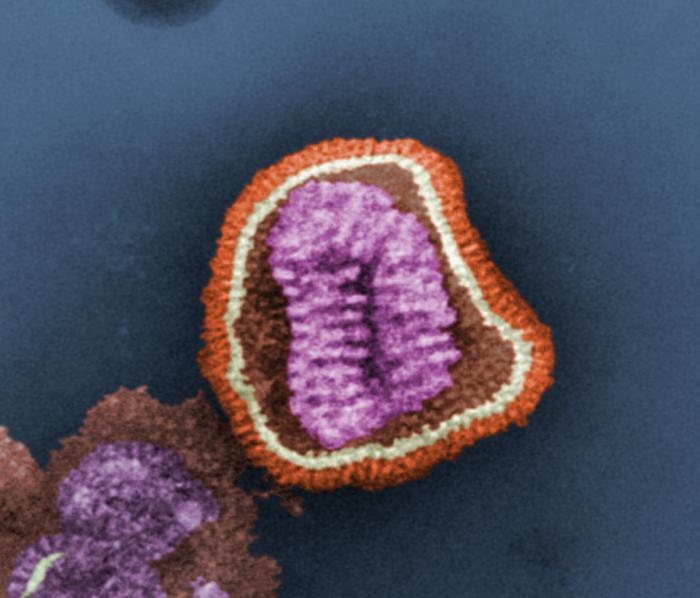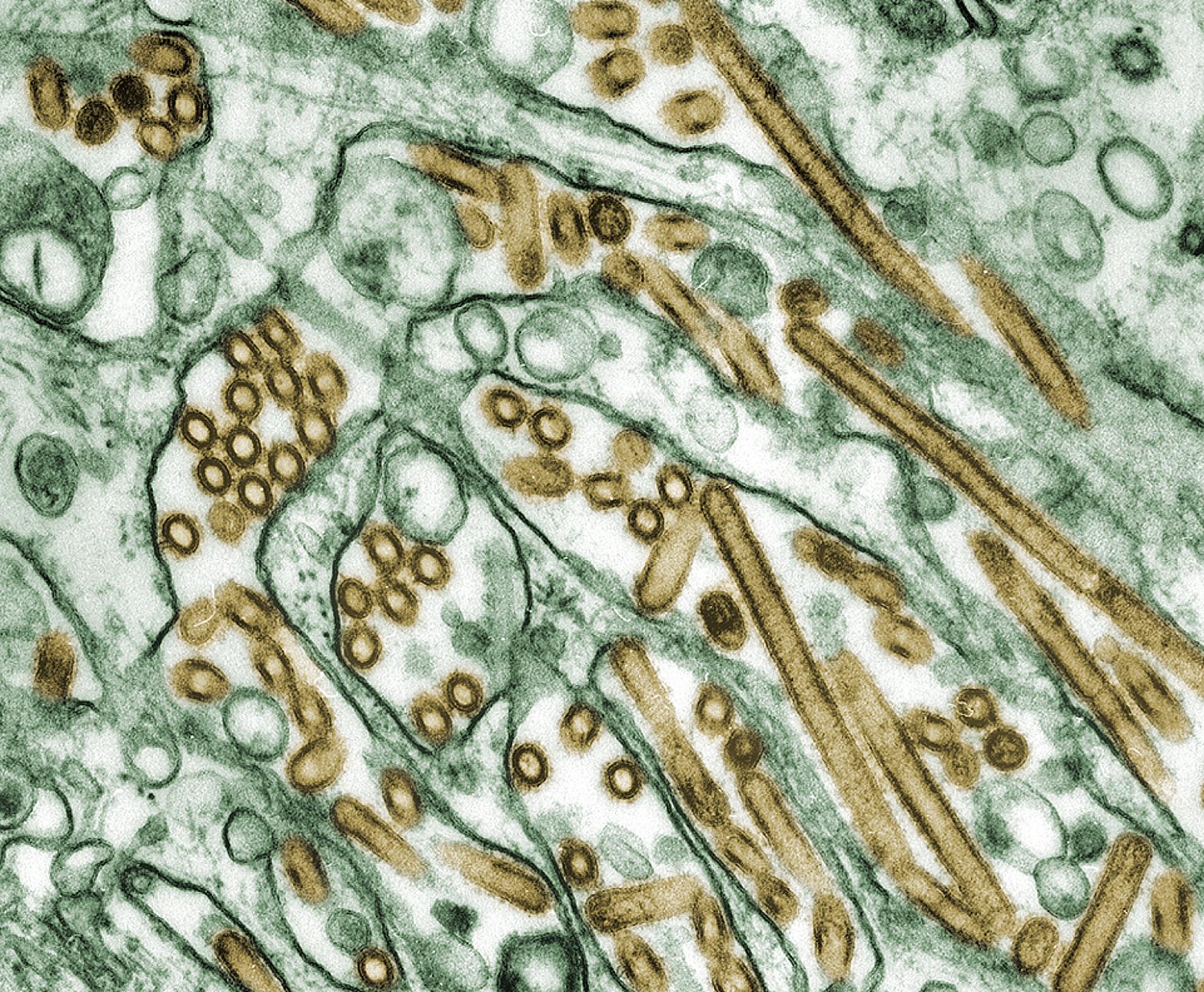Differential viral fitness between H1N1 and H3N8 avian influenza viruses isolated from Mallards (Anas platyrhynchos)
Homo- and hetero-subtypic immunity in Mallards (Anas platyrhynchos) play an important role in the avian influenza virus (AIV) diversity. The mechanisms of AIV replication among wild birds and the role of immunity in AIV diversity have thus not been completely clarified. During the monitoring of AI circulation among wild waterfowl in 2007-2008 two viruses (H3N8 and H1N1) were isolated from ducks caught in a funnel trap located in La Hulpe wetland in Belgium. H3N8 viruses revealed to be more prevalent in Mallard population than H1N1, which may suggest a better adaptation to this species. In order to investigate this hypothesis, we characterized both isolated viruses biologically by experimental inoculation. Virus excretion and humoral response induced by both isolated viruses were evaluated in Mallards after a first infection followed by a homo or heterosubtypic re-infection under controlled experimental conditions. The H1N1 virus had a delayed peak of excretion of 4 days compared to the H3N8 but the virus shedding was more limited, earlier and shorter after each re-infection. Moreover, the H3N8 virus could spread to all ducks after homo or hetero subtypic re-infections and during a longer period. Although the humoral response induced by both viruses after infection and re-infection could be detected efficiently by cELISA, only a minimal H1 antibody response and almost no H3-specific antibodies could be detected by the HI test. Our results suggest that H3N8 isolate replicates better in Mallards under experimental controlled conditions.

